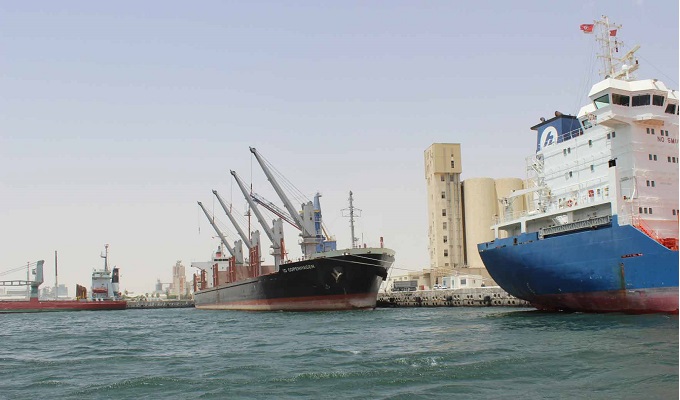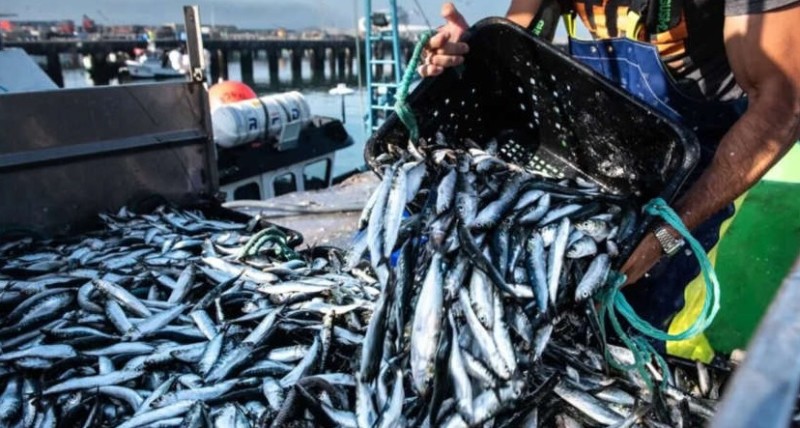While accounting for only 3% of global emissions, Africa faces immense needs to fund its climate resilience. The latest Africa Insights report, released by Casablanca Finance City and Oxford Economics Africa, highlights a structural financing gap and outlines concrete levers to mobilize private capital, innovative mechanisms, and sustainable investment. Renewable energy, the blue economy, agriculture, infrastructure, and critical minerals: five strategic sectors lie at the heart of a call to action aimed at governments, donors, and financial actors in the lead-up to COP30.
Africa Seeks $190 Billion Annually to Close Its Climate Finance Gap
Although responsible for less than 3% of global greenhouse gas emissions, Africa is among the regions most exposed to the effects of climate change. This structural imbalance is compounded by limited adaptive capacity, insufficient financial resources, and the low attractiveness of projects to international investors. Despite the continent’s vast potential in natural resources, renewable energy, and human capital, it struggles to mobilize the funding required for a just and resilient transition.
These are the main findings of the report titled “Catalyzing Africa’s Sustainable Transition: Insights to Impact a Climate-Resilient Future”, released on May 30, 2025, by Casablanca Finance City (CFC) and Oxford Economics Africa at a conference held in Casablanca.
This tenth edition of the Africa Insights series offers an in-depth analysis of the obstacles, levers, and opportunities to accelerate the continent’s sustainable transition.
A Massive Climate Finance Gap
With climate finance needs estimated at $190 billion per year by 2030, compared to just $52.1 billion received in 2022—representing only 3.3% of global flows—the gap is enormous. The situation is even more critical given that the vast majority of current funding comes from the public sector (82%, including 43% from multilateral development banks), while private sector participation remains low at just 18.2%. Meanwhile, key areas like adaptation receive only 32% of funding, far short of the urgent needs. Grants, concessional loans, and low-interest loans remain the norm, underscoring the continent’s structural dependence on external aid.
Five Strategic Sectors
Presented by Deon Fourie, lead economist at Oxford Economics Africa, the report highlights five strategic sectors with high transformational potential for inclusive green growth across the continent:
- Renewable Energy: A central pillar to alleviate energy poverty, as 600 million people still lack access to electricity. The continent needs to install 300 GW of capacity by 2030.
- The Blue Economy: Including fisheries, aquaculture, marine energy, and coastal tourism. While already contributing $300 billion to Africa’s GDP and employing 50 million people, this sector could grow to $1 trillion.
- Climate-Smart Agriculture: Crucial for a region where 95% of farmland depends on rainfall, even though Africa holds 25% of the world’s arable land.
- Resilient Infrastructure: A priority, as 13 of the world’s 20 largest megacities will be in Africa by 2100.
- Critical Minerals: Africa holds 30% of global reserves of essential minerals such as cobalt, lithium, and manganese.
To finance this transition, the report advocates for innovative instruments such as blended finance, green, social, or sustainability bonds, debt-for-nature swaps, and the development of voluntary carbon markets. Africa already accounts for 10% of the global carbon credit market. With robust monitoring and verification systems, this share could grow to 25% by 2030, representing $7 billion in value.
The Role of International Financial Centers
In this context, international financial centers are called to play a key role. The report highlights their function as hubs for capital and expertise. Casablanca Finance City (CFC) embodies this role, said Lamia Merzouki, Deputy CEO of CFC. In October 2024, CFC signed an MoU with Morocco’s Caisse de Dépôt et de Gestion (CDG) to create a regional voluntary carbon market aligned with the country’s low-carbon strategy and the Paris Agreement. CFC is also working to foster a regulatory environment conducive to responsible investment, with ESG standards tailored to African realities, structured partnerships through its international network, and capacity-building efforts.
“Africa can become the world’s green factory. To achieve this, we must mobilize the entire ecosystem and create the right conditions to attract investors, funders, and talent. International financial centers have a role to play as bridges between markets and territories,” Merzouki emphasized to a high-level audience from both public and private sectors.
Morocco as a Pioneer in Green Transition
Beyond CFC, the report also highlights Morocco’s pioneering role in ecological transition and inter-African cooperation. A standout example is the Noor Ouarzazate solar complex, the world’s largest concentrated solar power plant, with an installed capacity of 580 MW. Co-financed by the African Development Bank, the World Bank, and European banks to the tune of $2.5 billion, it provides clean electricity to around one million Moroccan households. It demonstrates how a combination of international financing, national political will, and public-private partnerships can lead to large-scale low-carbon infrastructure.
Morocco also ranks among Africa’s least climate-vulnerable countries, according to the ND-GAIN index, with a score of 0.37 in 2022, affirming its resilience within the North African region.
According to Ouafae Bouchouata, Head of the Climate Unit at the Ministry of Energy Transition and Sustainable Development, Morocco began developing its climate policy as early as the 1990s. Since the Rio Earth Summit, environmental and climate issues have become national priorities.
Morocco’s commitment to Africa is also supported at the highest political level. This was demonstrated during the first African Action Summit for a continental co-emergence, initiated by the Moroccan monarchy and held on the sidelines of COP22 in Marrakech. There, the creation of three dedicated climate commissions for leading sustainable development efforts across the continent was announced.
Ten Actionable Recommendations
To scale these achievements continent-wide, the report sets out ten actionable recommendations for both private and institutional stakeholders. It calls for increased private investment and public-private partnerships, improved project preparation and visibility, and more concessional financing. It also advocates for the development of carbon markets, mobilization of the African diaspora, data gap reduction, and support for training and technology transfer. Lastly, it urges the active involvement of international financial centers in structuring and financing impactful green projects.
With this new edition of Africa Insights, CFC and Oxford Economics Africa aim to provide a concrete roadmap to turn the continent’s climate challenges into sustainable economic opportunities. With COP30 on the horizon, the message is clear: Africa is ready to take a leading role in global climate efforts—provided that capital and expertise are mobilized swiftly, massively, and in a coordinated manner.
Source:




